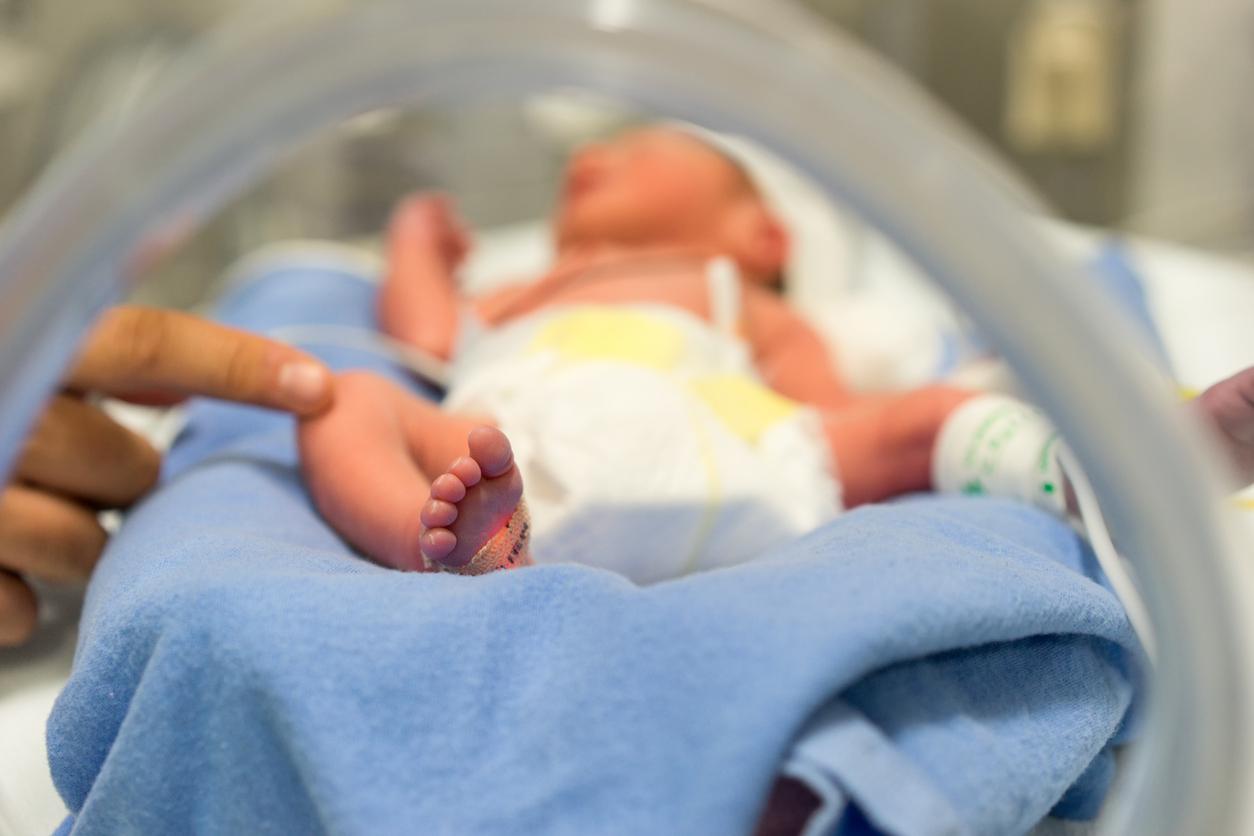Thanks to a new method of embryo research, one of the main causes of miscarriage has been identified.

- 23 million miscarriages occur each year worldwide, or about 15% of all pregnancies.
- The majority of miscarriages (80% to 90%) occur early in pregnancy, during the first 12 weeks.
A new study on the early stages of embryo development provides insight into why many pregnancies end in miscarriage.
The “head-tail” body axis
Concretely, scientists from the University of Cambridge have identified key molecular events that occur during the second week of gestation, one of the most critical phases of embryonic development.
Between seven and fourteen days after the fertilization of an egg, a group of cells located outside the embryo, called the “hypoblast”, triggers the development of the body’s “head-tail” axis of the embryo. This stage, which determines where the head of the future baby will be, triggers the formation of the human body.
“One of the leading causes of early pregnancy failure”
“Developmental failure during this period represents one of the main causes of early pregnancy failure in patients undergoing assisted contraception treatments”, report the scientists, published in the journal Nature.
This discovery is important because, for obvious ethical reasons, research on human embryos is restricted by law. It is due to Professor Magdalena Zernicka-Goetz, who in 2016 created a technique for the development of human embryos outside the body, allowing their study up to the 14th day of development.
“We have revealed the gene expression patterns in the developing embryo just after implantation in the uterus, which reflect the multiple exchanges between different cell types as the embryo develops in these early stages. stadiums”, concludes Zernicka-Goetz.
.















